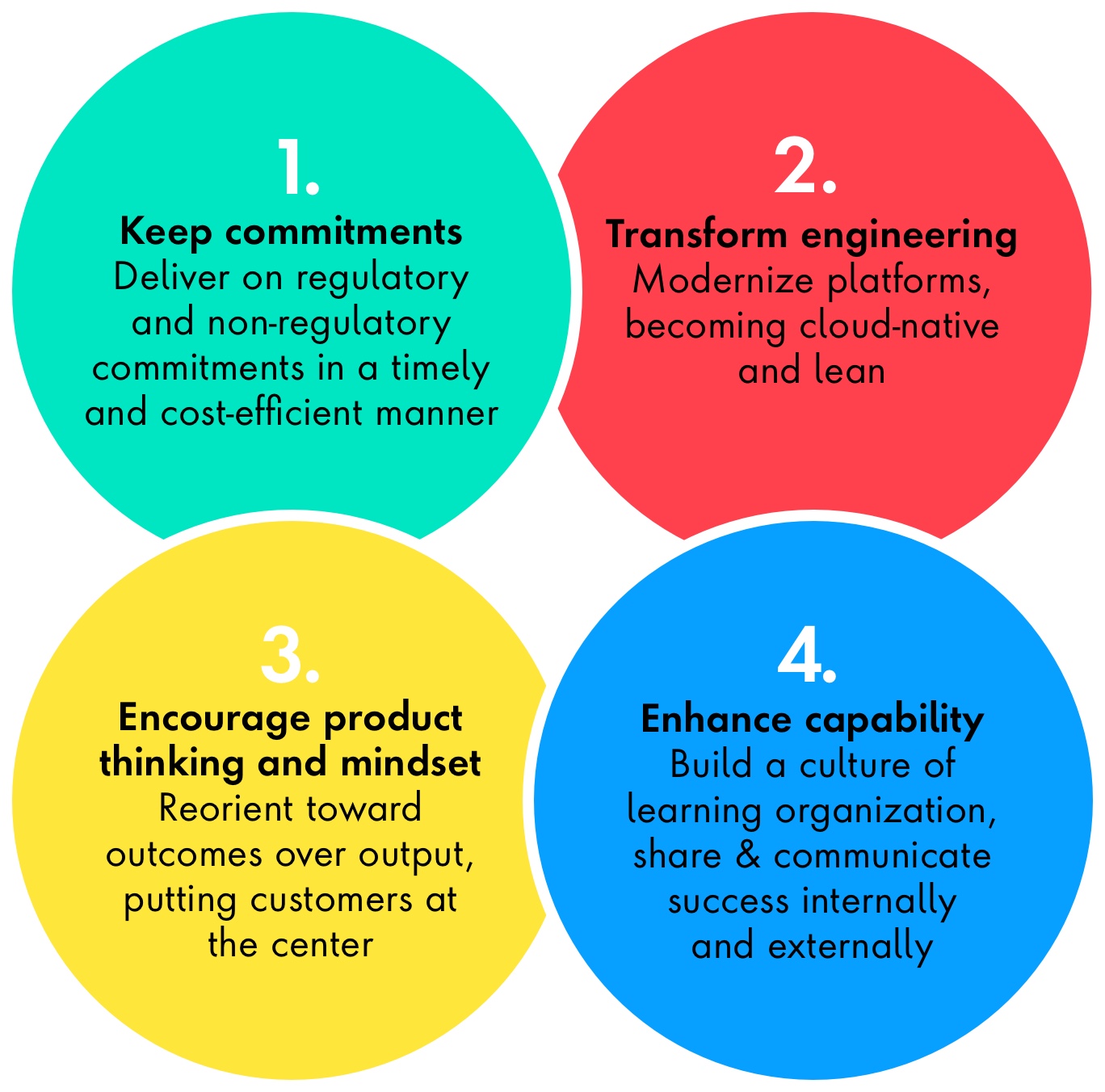Financial institutions must rise to the challenge by changing their business strategies. The successful banks of tomorrow need to reimagine their role in the world today. In the face of exponential technologies, new growth models, fresh ways of thinking and original solutions have emerged.
Massive acceleration is on the horizon. Understanding how banks will change is indispensable. Here are just seven important ways banks can prepare for the impending changes to financial services.
1. Embrace ‘The Jump Model’
Legacy banks are under more pressure to become more aggressive, risky and disruptive than before. It is no longer enough to tinker with legacy infrastructures founded upon the basics of a bygone era. Large engineering and architectural evolutions have not reaped the expected benefits so banks are looking to new strategies.
New financial technology companies are competing aggressively with large financial institutions. Being more nimble and agile, this burgeoning competition can meet the needs of customers quicker and more efficiently. This spells trouble for legacy banks who cannot replicate key qualities helping newcomers succeed: cloud nativity, fintech-friendly architectures, customer-led cultures, efficiency enabled by straight-through processing and careful targeting of high-value digital-natives.
But banks will start to adopt what Publicis Sapient calls “The Jump Model”: building a new shell onto which the existing business can migrate – leaving behind older technologies that stymie agility. The Jump Model is far more likely to result in a substantial return on investment (a potential 20 to 40 percent cost-to-income ratio), address the customer’s needs and increase loyalty.
2. Become a tech company
Engineering transformation and cloud enablement have been top-of-mind for most if not all large financial institutions and rightly so. Old technologies and processes won’t be enough to address the rising expectations of customers. But it’s about much more than that – namely how the business views itself.
To remain competitive, banks need to see themselves as tech companies – otherwise they will be left behind. Without changing their frame of mind, legacy businesses won’t be prepared to handle the disruption from digital newcomers.
Simply updating old systems and processes won’t be enough. Businesses need to make engineering and cloud transformation central to their strategy – focusing on four key objectives:














